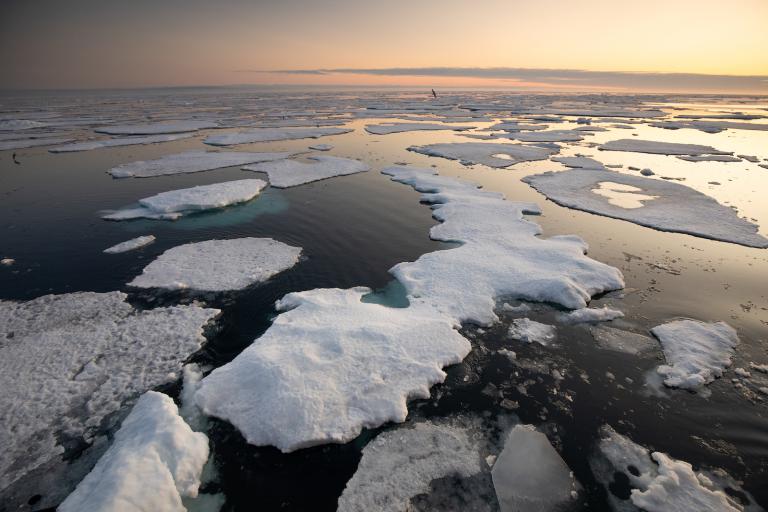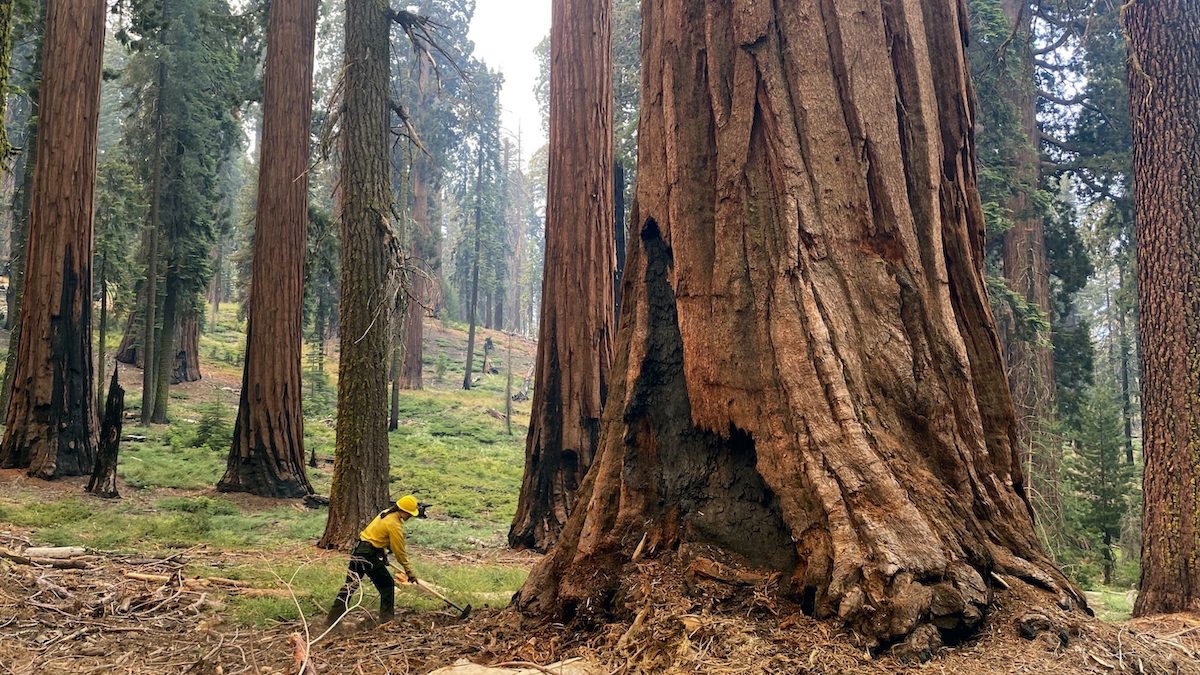The U.S. Forest Service will fast-track efforts to protect giant sequoias from wildfires, the agency announced on Friday.
The move allows the Forest Service to immediately thin the forest in and around giant sequoia groves by removing brush and smaller trees and conducting prescribed burns using the agency’s emergency authority.
Over the past two years, massive conflagrations have killed nearly 20 percent of the ancient trees. “Without urgent action, wildfires could eliminate countless more iconic giant sequoias,” Randy Moore, the Forest Service’s chief, said in a news release.
The Forest Service plans to begin clearing brush and smaller trees from 13,000 acres of national forest to protect 12 giant sequoia groves this summer. Using its emergency authority under the National Environmental Policy Act, the agency can start the work without a full environmental review, which can take over a year to complete.
Giant sequoias, a close relative of redwoods, are the largest tree in the world by volume. They can live for more than 3,000 years and are found only on the western slopes of California’s Sierra Nevada mountains.
The trees are adapted to fire — they have thick, spongy bark that protects them from the flames and the heat actually releases the seeds from their cones, allowing young trees to take root in areas cleared by fires.
But today’s fires are much different from wildfires of the past. Climate change has led to hotter temperatures, severe drought, a year-round fire season, and the proliferation of bark beetles, which have killed millions of drought-weakened trees and allowed them to pile up on the forest floor.
On top of these changes, for more than a century, the policy has been to put out wildfires as quickly as possible, creating unnaturally dense forests and allowing brush and dead wood to accumulate. These factors have combined to enable out-of-control blazes to explode across California in recent years. The bigger, hotter fires are more likely to reach giant sequoias’ crowns, killing them.
Proper management can help. Earlier this month the Washburn Fire menaced Yosemite National Park’s Mariposa Grove, but regular prescribed burns to clear hazardous fuels slowed the inferno enough that firefighters were able to protect the giant sequoias. Ecologists expect all to survive.
The Oak Fire, which started on Friday afternoon, is currently burning southwest of the park in the foothills of the Sierra Nevada.




